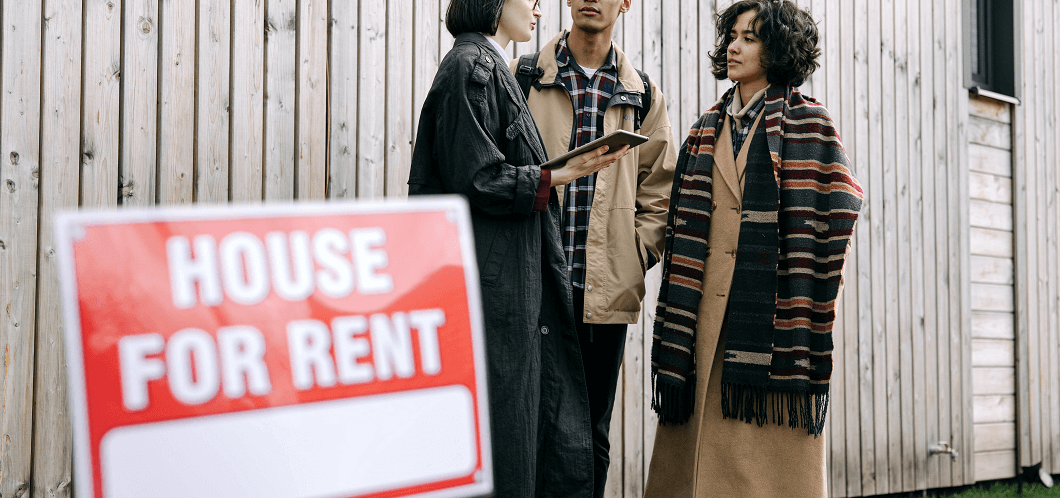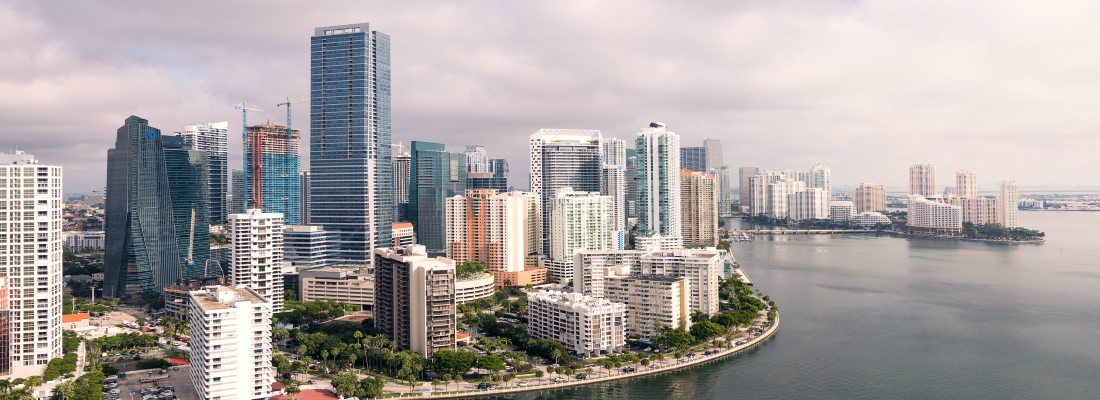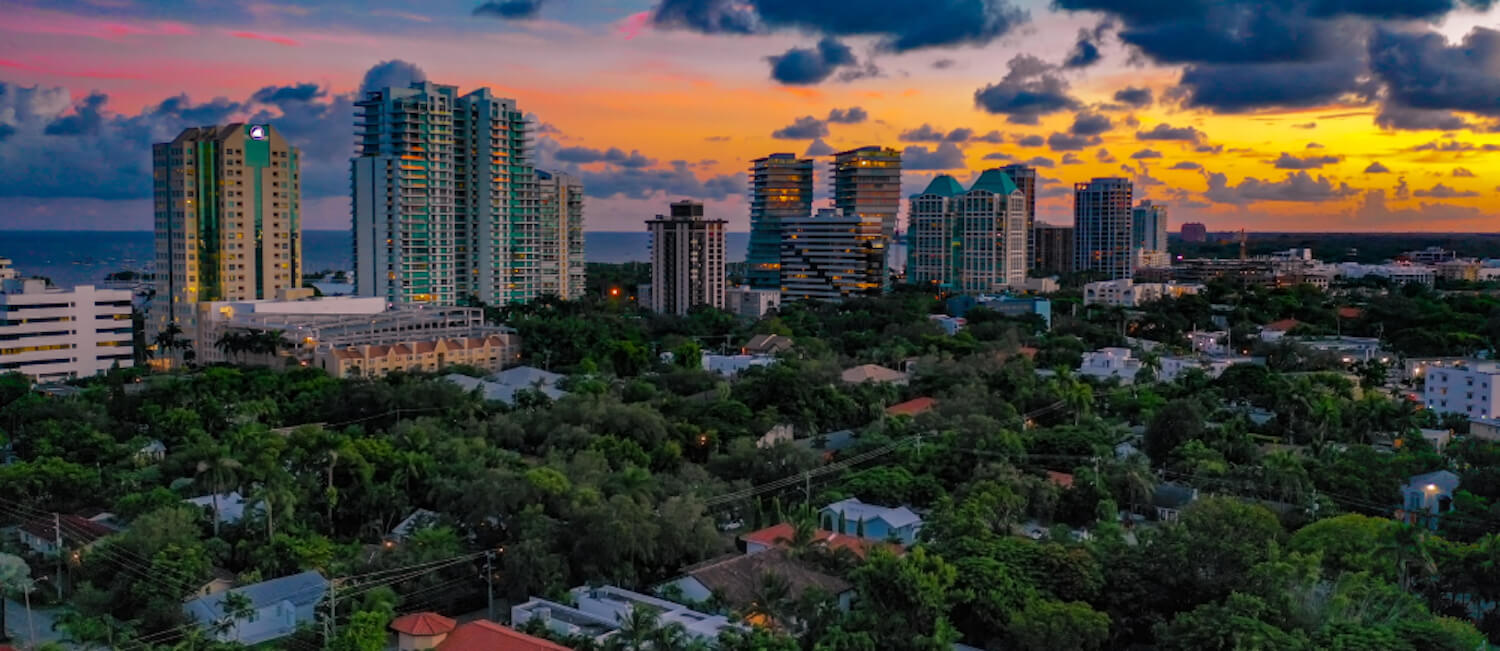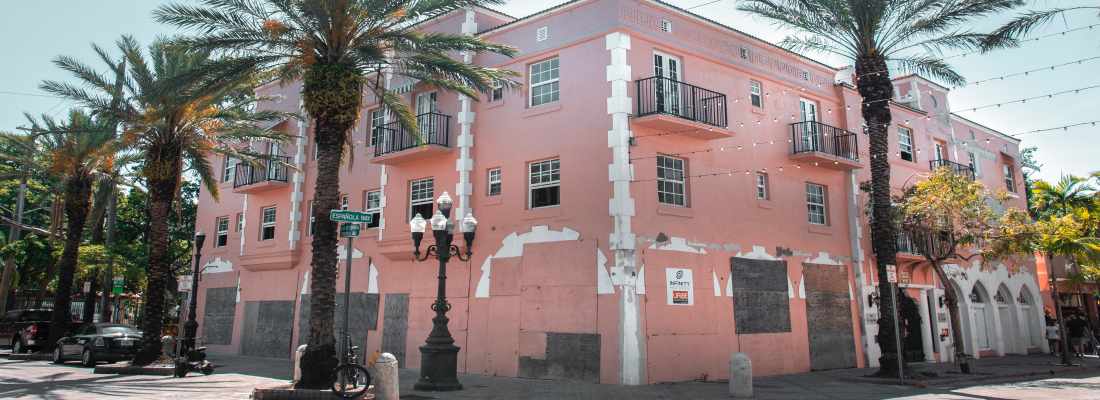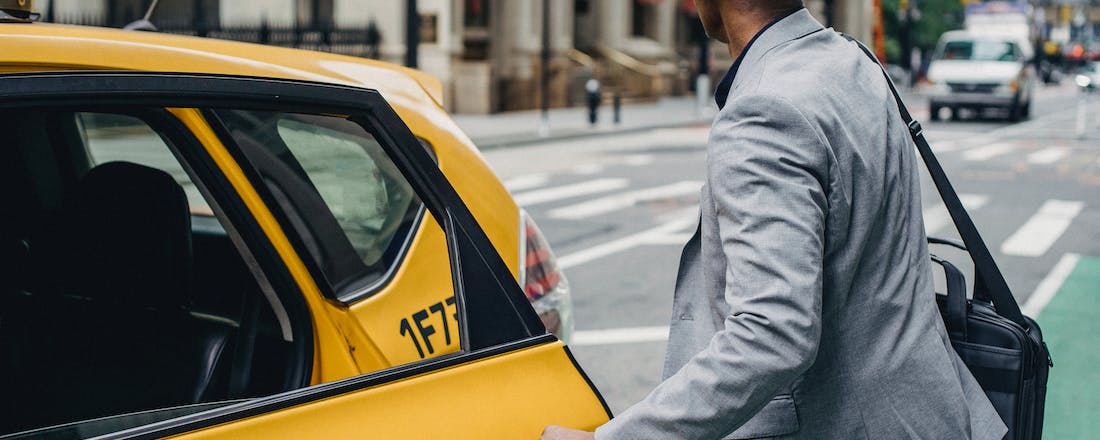Conjuring up images of palm trees, sandy beaches, neon lights and Latin rhythms, Miami, Florida, is an exciting destination with much to offer. Newcomers moving to Miami will certainly appreciate the city’s cultural diversity, which has been spurred by its unprecedented population growth during the past century.
Nicknamed ‘the Magic City’, Miami’s migrant population has undeniably played an essential role in shaping its history and unique character. That it’s also known as ‘the Capital of Latin America’ suggests something about the central role Hispanic people have come to play in Miami. The city also has a key role as a cultural and economic gateway between Latin America and the USA.
Living in Miami as an expat
Large communities of Cuban, Haitian and Puerto Rican residents, among others, have left an enduring mark on the city. This can be seen in the nightclubs, restaurants and the general lifestyle in Miami, especially in areas like Little Havana.
The city is also home to the headquarters of major corporations and functions as the Latin American outpost for other multinational businesses. Miami’s economy is unsurprisingly driven by tourism, and it also has significant finance and commerce sectors, as well as being one of the busiest commercial ports of entry into the United States.
Most foreigners don’t necessarily move to Miami for professional reasons, however, and are instead attracted by the Florida climate and the city’s atmosphere. A large variety of activities and attractions keep newcomers entertained, from malls to museums and national monuments.
New arrivals will also have access to a large selection of medical options, given that feeling and looking good is so important to many of Miami’s residents. This quality of care comes at a high cost, though, so new arrivals need to have quality and comprehensive health insurance.
Cost of living in Miami
While Miami is cheaper than some of the USA’s other major cities, it is still a relatively expensive place to live. Accommodation and entertainment in Miami don’t come cheap, but transport is fairly affordable and public schooling is free for locals and foreigners alike.
Expat parents who choose to enrol their children in international schools will pay handsomely for these schools, so they must ensure their relocation package is enough to cover this cost. Other expenses for those moving to Miami to consider include utilities and groceries, which also set new arrivals back, depending on which provider they pick and where they shop.
Families and children in Miami
The standard of education in Miami varies from school to school. That said, the city is home to some excellent schools, and language classes are made available to non-English-speaking learners in public schools. This helps manage the transition for many foreign families in the city.
The city also has a range of family-friendly attractions to entertain the kids outside school hours. From educational museums and the Seaquarium to parks and amusement centres, families should certainly not struggle to keep their children busy on the weekends.
Climate in Miami
The weather in Miami is one of the most attractive aspects of moving to the city. With a subtropical climate, Miami rarely experiences freezing temperatures and is known for its beautifully warm weather. Rainfall is a common occurrence during summer, and the city is a recognised hurricane zone, so new arrivals living in beachfront properties should be prepared for hurricane events.
A multicultural city made up of a wide variety of residents, newcomers moving to Miami with realistic expectations and an open mind are sure to enjoy life in the Magic City.





